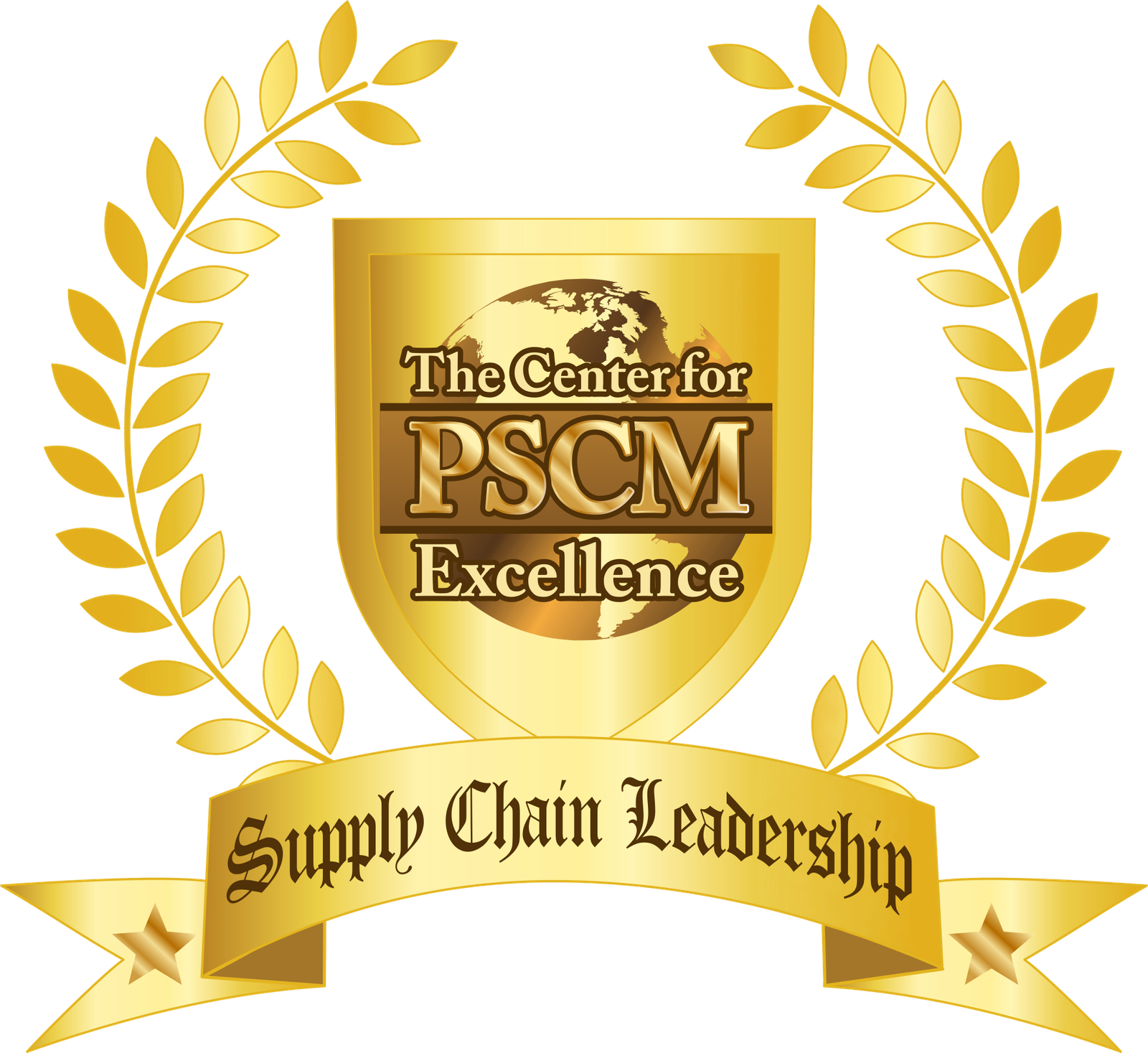
I just finished reading a Big 4 consulting report on Procurement Organization Performance, based on surveys from a range of Chief Procurement Officers in different industries and countries.
One of the 6 drivers used to measure Procurement department success was “Customer Satisfaction”.
“Customer” was defined as the people inside of the business units who were driving/funding the purchases.
I cringe every time I hear or read about Procurement’s Customers. It seems our whole profession gets this wrong. I guess the Big 4 aren’t immune. In fact, it’s the source of many problems too.
Here’s my big, bold, rock-hard position: *No Procurement analysis should ever be done using ‘Customer satisfaction’ as a criteria.* Period.
The reasons for this will be outlined below, but there basically two of them:
Reason #1 – Customers are not who you think they are in Procurement.
Who are the Customers of Procurement? It’s not the people who are asking you to buy something, that’s for sure. Who are they then?
The REAL Customers of Procurement are the Board of Directors (BOD) and, if a public company, the stockholders.
The people who are asking you to buy goods and services are not Customers.
Some companies call them stakeholders, but that’s too broad. Endless groups inside the company are stakeholders for every major purchase.
The people who generate the purchase demand and want it fulfilled are END USERS. That’s what they are. They will end up using whatever it is they are asking you to buy. Or in some cases, they represent the End Users, such as with a facilities manager.
Once you recognize this difference, then it’s clear that both parties, Procurement and the End User, should have allegiance to the actual Customer – the BOD and Stockholders. Their collective decision making should reflect this allegiance.
Reason #2 – End User Satisfaction is the Wrong Metric
So if Procurement is now correctly calling Customers (the business units) End Users, that only solves part of the problem.
The next part of the problem is that End User Satisfaction is the wrong thing to measure.
First remember that it is the BOD and the Stockholders we are trying to delight. And we delight them by doing things that are in the best interest of the company.
Therein lies the problem. If Procurement success is judged in part by their ability to achieve End User satisfaction instead of Customer (BOD & Stockholder) satisfaction, the wrong things will be measured.
Why is this? Here’s what makes End Users satisfied:
- Buying things very, very quickly, with near zero disruptions.
- Using the exact supplier the End User wants
- Having goods and services expedited, with corresponding charges approved.
- Avoiding bidding processes
- Avoiding lengthy negotiations
- Avoiding time consuming market analysis
- Not pursuing alternative solutions/materials/designs
- Not challenging any aspect of End User demand architecture
- Above all, being an extremely seamless and fast processor of End User requirements/decisions
Do any of these sound like things that make the BOD and stockholders delighted? In fact, when these things are done, endless post-contract issues arise. Further, all of these are contrary to BOD and stockholder interests, and therein lies the problem.
There does indeed need to be some sort of feedback loop from the End Users back to Procurement, and that should indeed be measured.
However, that metric should measure different things.
Ask yourself how much time you spend thinking about the payroll department at your company. And then the accounting department. Facilities. Human Resources. Benefits. Security. How much time do you spend thinking about these departments?
The answer hopefully is ‘none’ or ‘zero’. If you were thinking about payroll continuously, that could only mean that something was wrong with the payroll function, and probably your paychecks.
Or if you are constantly thinking about the compressor in your refrigerator, it can only mean there is something wrong with it. The ideal circumstance is your refrigerator always works, and you are able to focus on more important things.
And so the success of a support function should be judged by how little – or how much – time you have to spend thinking about it.
And so End Users should be asked about their experience with Procurement, but just perhaps, their level of indifference may be a very positive thing.
IF Procurement “just works” and End Users are able to spend nearly 100% of their time on their day jobs, absent the normal deluge of post-contract supplier excursions, then their response may be the same as it would be for the payroll function. Or accounting. Or facilities.
Chief Procurement Officers, if you’re going to measure the success of your departments, measure the right things from the right people. And above all, don’t ask the wrong people the wrong things, like what I saw in this highly publicized survey.
Now go off and do something wonderful. Be your best!
Omid G.
“THE Godfather of Negotiation Planning” ~ Intel Corp
P.S. The CPSCM™ Certification Program puts laser focus on driving end user alignment with procurement strategy – not because they have to, but because they want to, because the value drivers are completely different than how traditional procurement is done today. Come join the CPSCM™ family and find out the secret sauce for putting your career on the CPO Fast Track for Success. www.PSCMinstitute.com


